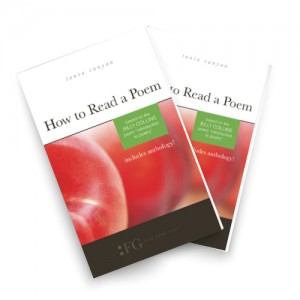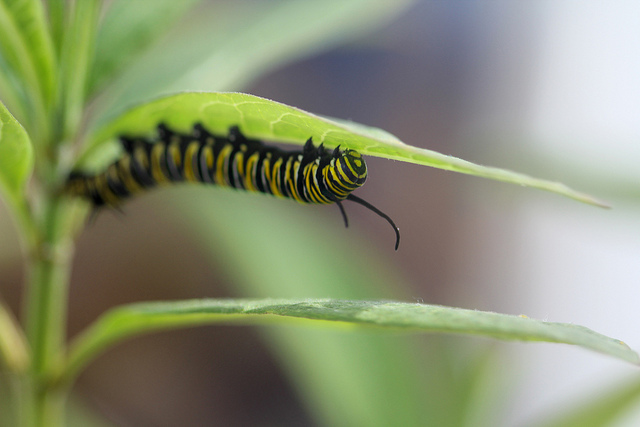The other night, I took Elizabeth Bishop: The Complete Poems and my favorite warm drink upstairs to the bathtub while my kids hung out in the family room with their dad. I call this combo my “mom medicine.”
I started off with some of Bishop’s well-known pieces, like “Filling Station,” “The Armadillo,” and “One Art,” inhaling some of the beautiful, witty lines I hadn’t visited since college. Then I flipped back to a section titled, “Poems Written in Youth ”– poems, according to the volume’s Publisher’s Note, that Bishop “would not have reprinted. . .for she was too severe a critic of her own work.”
Of course, that note made me want to read them all the more.
I began to recite some of the lines Bishop wrote when she was a teenager (still exquisite, of course). Then the marching began.
Two weeks ago, I had taken my middle schooler to see Mockingjay, Part 1. At one point in the movie, Katniss, the main character played by Jennifer Lawrence, sings the haunting “The Hanging Tree.” My daughter sat transfixed. And she wasn’t alone. The song quickly moved up the charts upon the movie’s release.
That night, my daughter taught the song to her younger sister, and now, to my annoyance, the two were singing the dirge-like tune quite aggressively, marching throughout the house. Their pounding feet sent waves through my bathwater.
Are you, are you
Coming to the tree
They strung up a man
They say who murdered three.
Strange things did happen here
No stranger would it be
If we met at midnight
In the hanging tree.
Are you, are you
Coming to the tree
Where the dead man called out
For his love to flee.
Strange things did happen here
No stranger would it be
If we met at midnight
In the hanging tree.
And so forth, for several more stanzas. It is a disturbingly beautiful song, but now I wanted to keep reading the Bishop poem open before me:
To a Tree
Oh, tree outside my window, we are kin,
For you ask nothing of a friend but this:
To lean against the window and peer in
And watch me move about! Sufficient bliss
For me, who stand behind its framework stout,
Full of my tiny tragedies and grotesque grieves,
To lean against the window and peer out,
Admiring infinites’mal leaves.
Of course. I was getting distracted reading a young girl’s poem about a tree because my two young girls were marching and singing about a tree.
But then the connections began to hit me. One scene is haunting and one comforting; however, both capture the intimacy and mystery of our relationships with trees–how the young are drawn to them irresistibly as places to love, grieve, and imagine. As places to find oneself or lose oneself. Trees are our mirror selves of growth, change, and loss, limb by swaying limb.
I won’t get into any mystical theories about how or why these poetic connections happen, but they seem to happen for me all the time. Most people would probably say they are coincidences. Fine. I can accept that. But even with coincidences, why not have a little fun? Pick up a book of poems, and start reading them aloud. Don’t read with a goal to “get” the poems. Enjoy the sounds and images and see how they touch on the events, experiences, and feelings in your own life. Write these connections in the margins. They may change tomorrow or the next day. No matter. See how the poems speak to and reinforce your day now. These connections will make the poems more real. And perhaps your life.
Reading poetry. Strange things do happen here. And that is sufficient bliss for me.
Photo by pslee, Creative Commons, via Flickr. Post by Tania Runyan.




